
Discover Your Ancestors
Two critically acclaimed publications are available to family history researchers - the annual print magazine, Discover Your Ancestors, and the monthly online magazine, Discover Your Ancestors Periodical. Click here to subscribe.Is it worth ‘giving them a bell’?
Keith Gregson examines how late Victorian/early Edwardian telephone directories can help the family historian
There are many different records and resources which can be useful when it comes to building an accurate picture of our ancestors and their lives. One particularly intriguing way, that many of us may not think of using, is to refer to the early telephone subscriber directories such as those from the very beginning of the 20th century. These have now been made fully searchable on TheGenealogist’s website, www.thegenealogist.co.uk.By the time I came across TheGenealogist’s ‘Trade, Residential and Telephone’ record collection, I had already embarked on the minibiographies of over 250 members of Sunderland Cricket and Rugby Football Club who had joined up in the First World War. Most of these men were between 18 and 40 during the conflict and thus would have been born between 1876 and 1895. I wondered if these directories would be of any help to me in my efforts to build up a picture of their social backgrounds. As amateur cricket and rugby union were sports greatly enjoyed in main by the upper middle classes, not surprisingly, the answer was a resounding ‘yes’.

At the turn of the century telephone usage was really gathering in pace. Phones had been around for almost a generation, but it had only been around that time that nationwide systems were being put in place to make the technology more desirable – especially for those involved in business. As a great example, let’s look at the Pickersgill family of Sunderland. My two First World War Pickersgill case studies were for a Frank (born 1881) and his cousin Charles (born 1887). The former, a county hockey player, rose high in the ranks of the Royal Field Artillery while the latter, an outstanding all-round sportsman, served as a junior officer in the Durham Light Infantry and was wounded near Ypres in 1915. Turning to TheGenealogist’s search engine I looked for ‘a person’ in the ‘Trade, Residential and Telephone’ record collection, simply by using the Pickersgill surname, ‘Sunderland’ as the key word and the year 1900. This returned me an index for two sets of records. Firstly the 1899-1900 UK Telephone Directory and secondly, notwithstanding that Sunderland was in County Durham, a result in The 1900 -1901 Yorkshire Phone Book.
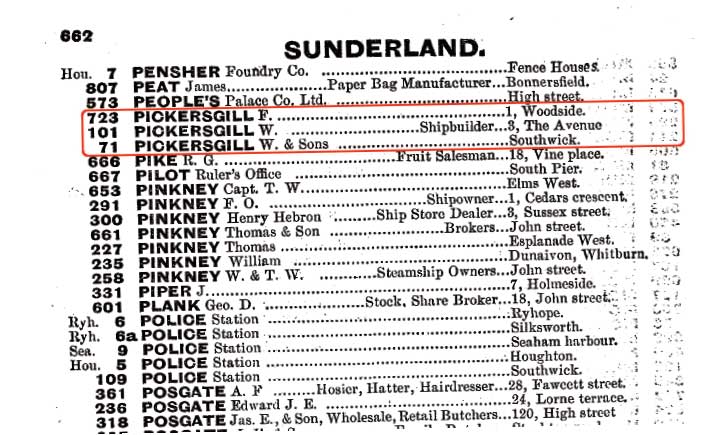
Pickersgills in the 1899-1900 UK Telephone Directory on TheGenealogist
Further research has revealed that at the turn of the century W Pickersgill and Sons’ shipyard, at Southwick on the River Wear, was being run by the three sons of the original founder William Pickersgill – William junior, Charles and Frederick. The directories provide us with three telephone listings. Sunderland 71 for the business; Sunderland 101 for William junior, living at number 3 The Avenue; and lastly Sunderland 723 belonged to Frederick whose residence was at 1 Woodside. Their brother Charles does not appear to have possessed a private telephone at this point.
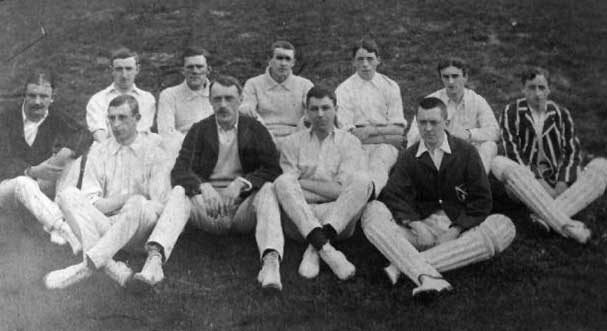
The young Charles Pickersgill pictured in stripy blazer and wearing pads
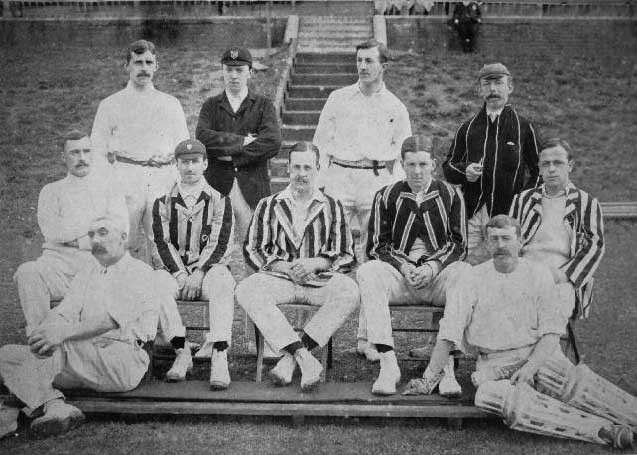
Frank Pickersgill, seated with cap
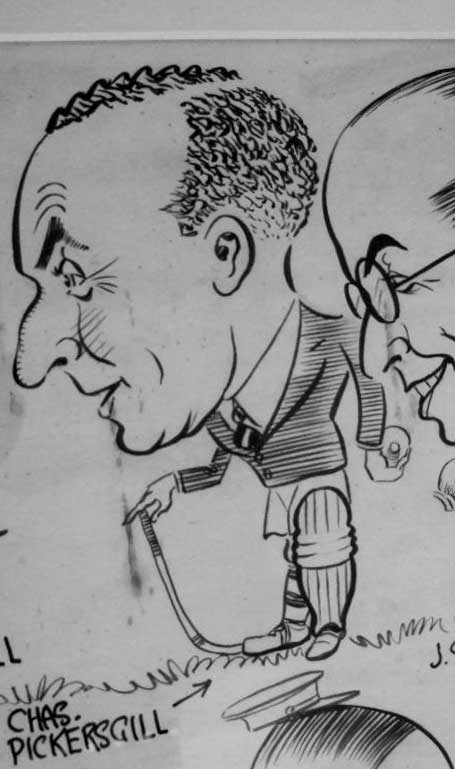
A cartoon of Frank Pickersgill in later years
The Squance family
Another active family in the sports club were the Squances. Their name appears in club records from the very early days of record keeping in the early 19th century, right up to modern times. During the First World War two of the family served in the army: Eustace Lawry (Lorry) Squance was a fine cricketer, born in 1892 and became a major in the Royal Garrison Artillery; Edgar Frederick Squance, born 1888, served as a private in the Durham Light Infantry and died in the 2nd Battle of Ypres in 1915. To find out more I simply searched for ‘Squance’ on TheGenealogist’s MasterSearch, as it’s an unusual surname. I found fascinating listings covering both home and workplace telephone numbers. This gave a clearer view of the way the Squance family operated. One branch of the family was involved in the shipping business, both as shipowners and marine surveyors. Operating out of the same address, in one of the town’s main streets, they had sequential telephone numbers of Sunderland 802 and 803. Another branch of the family functioned as chartered accountants in the same street – telephone Sunderland 350.
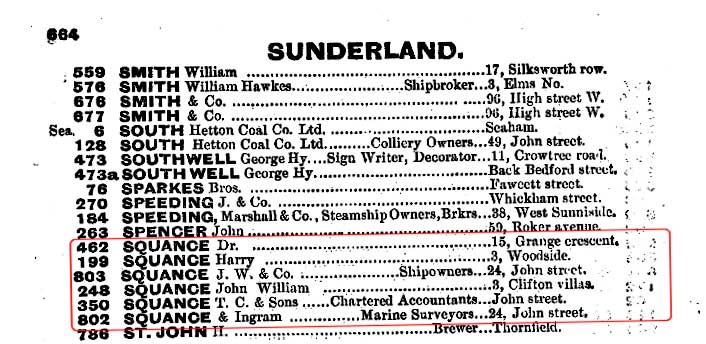
Squances in the 1899-1900 UK Telephone Directory on TheGenealogist
Numbers 3 and 4 Woodside proved to be the private address of chartered accountant Andrew Harrison ‘Harry’ Squance whose telephone number was Sunderland 199. His son, the future cricketer Lorry Squance, was away at school in Durham in 1901 but by 1911 he was back at home at Woodside with his widowed mother and now working as a chartered accountant too. A quick search of the ‘deaths and burials’ records on TheGenealogist shows us that his father had died in Sunderland in 1903 at the age of 49. It will not escape the eagle eyed that Harry’s family were neighbours to one of the Pickersgill family.
Edgar Squance, who tragically lost his life in the Great War, was the son of John Squance from Clifton Villas (tel Sunderland 248) who was involved in the shipping businesses in John Street. Edgar was another who was away at school in Durham at the time of the 1901 census. Also to be found in the telephone directories was Dr Thomas Squance (tel Sunderland 462) the brother of both John and Harry.
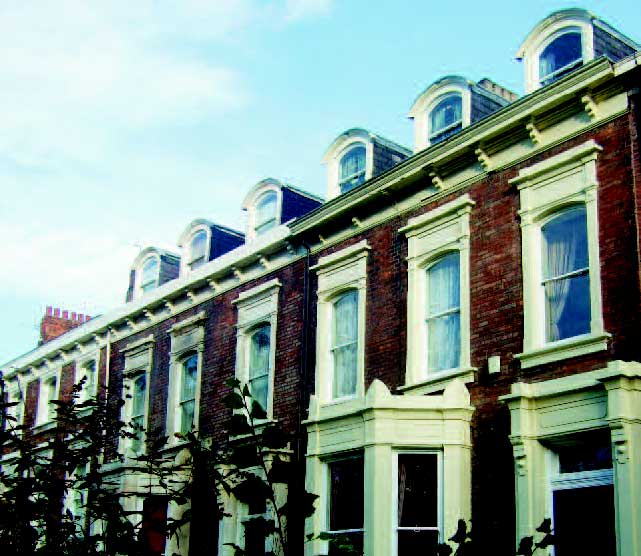
Housing in Ashbrooke, Sunderland – a Victorian/Edwardian middle class suburb where many of the phones were
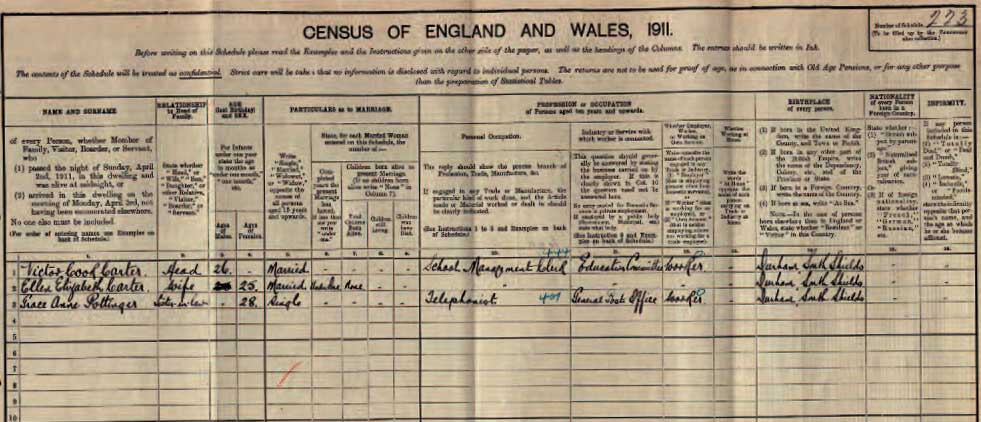
Telephonist Grace A Pottinger in the 1911 census at TheGenealogist.co.uk
A Personal Note
It was fascinating to reflect that my own maternal grandmother may well have ‘put through’ calls to the Pickersgills, Squances and others as at the time of these directories and the 1901 census she was a telephonist in nearby South Shields.
My mother, who passed away recently, also became a telephonist in the 1930s in Barrow in Furness and served as such in the Royal Naval Air Service based in Northern Ireland during the Second World War.
Mailings and Moores
Like the Pickersgills and Squances, many of the youngsters from the sports club, who were destined to fight, were the sons of upper middle class parents such as doctors and solicitors and therefore had telephones. For example, the Malings, renowned for their Tyneside pottery, had a branch of the family in Sunderland (where the business originated from), though they were now devoted to medicine.
One member of the Maling family was awarded a Victoria Cross for his services as a medic in No Man’s Land, while another – on an armed merchantman in the merchant navy – was decorated for destroying the submarine which had sunk HMS Hampshire with Lord Kitchener on board.
Members of the Moore Family of solicitors who lived in Gray Road and had offices in John Street had at least four representatives in the conflict – Maurice who was in his late 40s, Maurice junior in the Scottish Horse and two other youngsters - Edward and Geoffrey who were both killed. Edward was in the ‘Yorks and Lancs’ and Geoffrey in the Royal Naval Air Service.
Useful Research Resource
These telephone subscriber records include the head of household, address and can also include their occupation. They are searchable by surname and forename or can be browsed page by page with the help of bookmarks. Such records can be an invaluable addition to contemporary census returns. If your ancestor had a telephone then these directories can be a really useful resource and they certainly helped me in one quest.
While researching this article I came across the name of the man who occupied my Victorian terrace house in 1901, ship owner John Weston Adamson. Earlier research had told me that in 1891 he had been at a different address, but I was not certain when he had ‘moved into ours’. Incredibly, the earlier of the two telephone directories (1899-1900) gave his address as being Belvedere Road and so indicating that he may well have moved house in 1900 to The Elms and kept the same telephone number of Sunderland 725. My number now has 11 digits – how times have changed!
In each case for this research, only the surname box was changed in the search engine at TheGenealogist.co.uk – the other details remained the same throughout and accessed the same two directories.